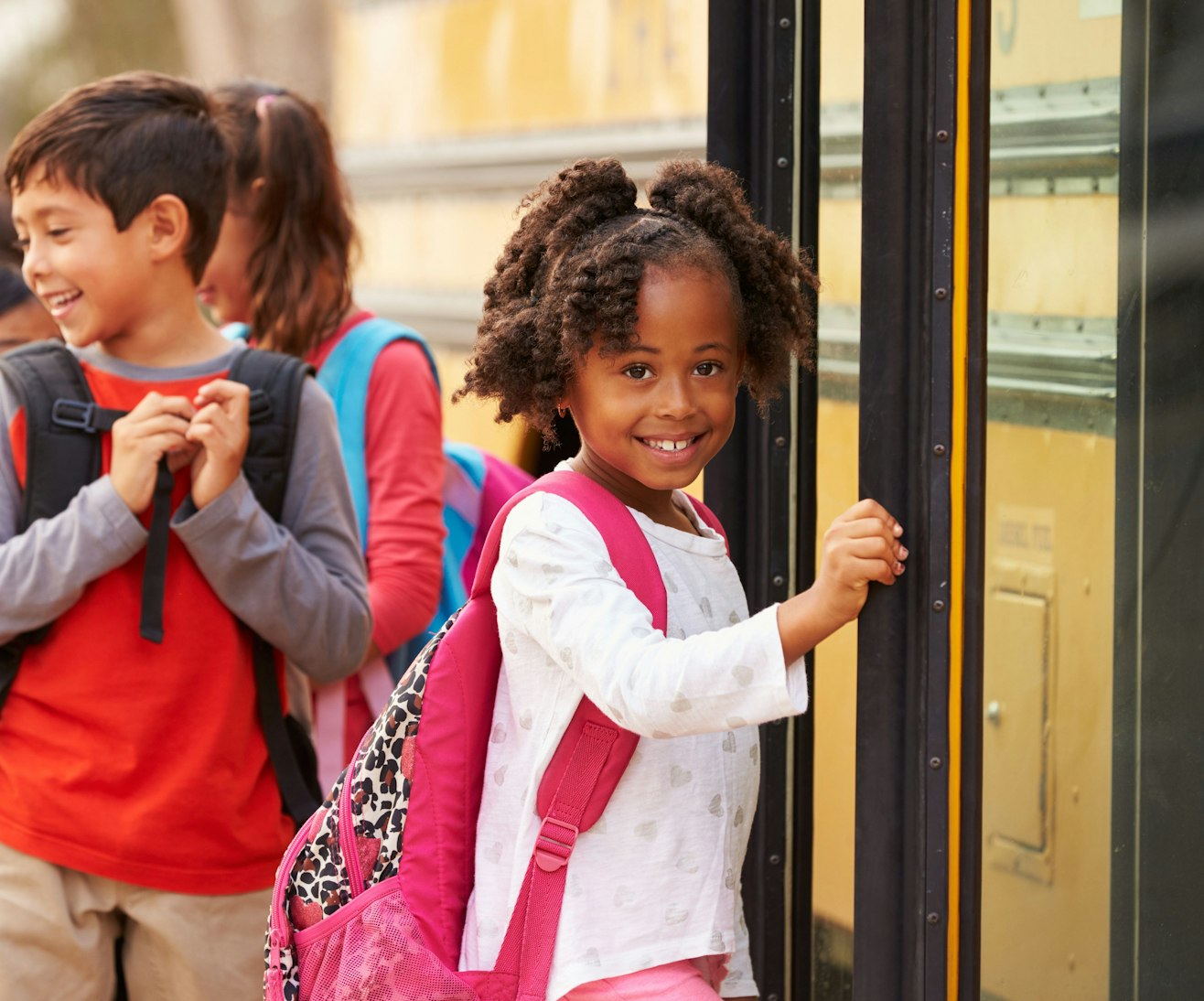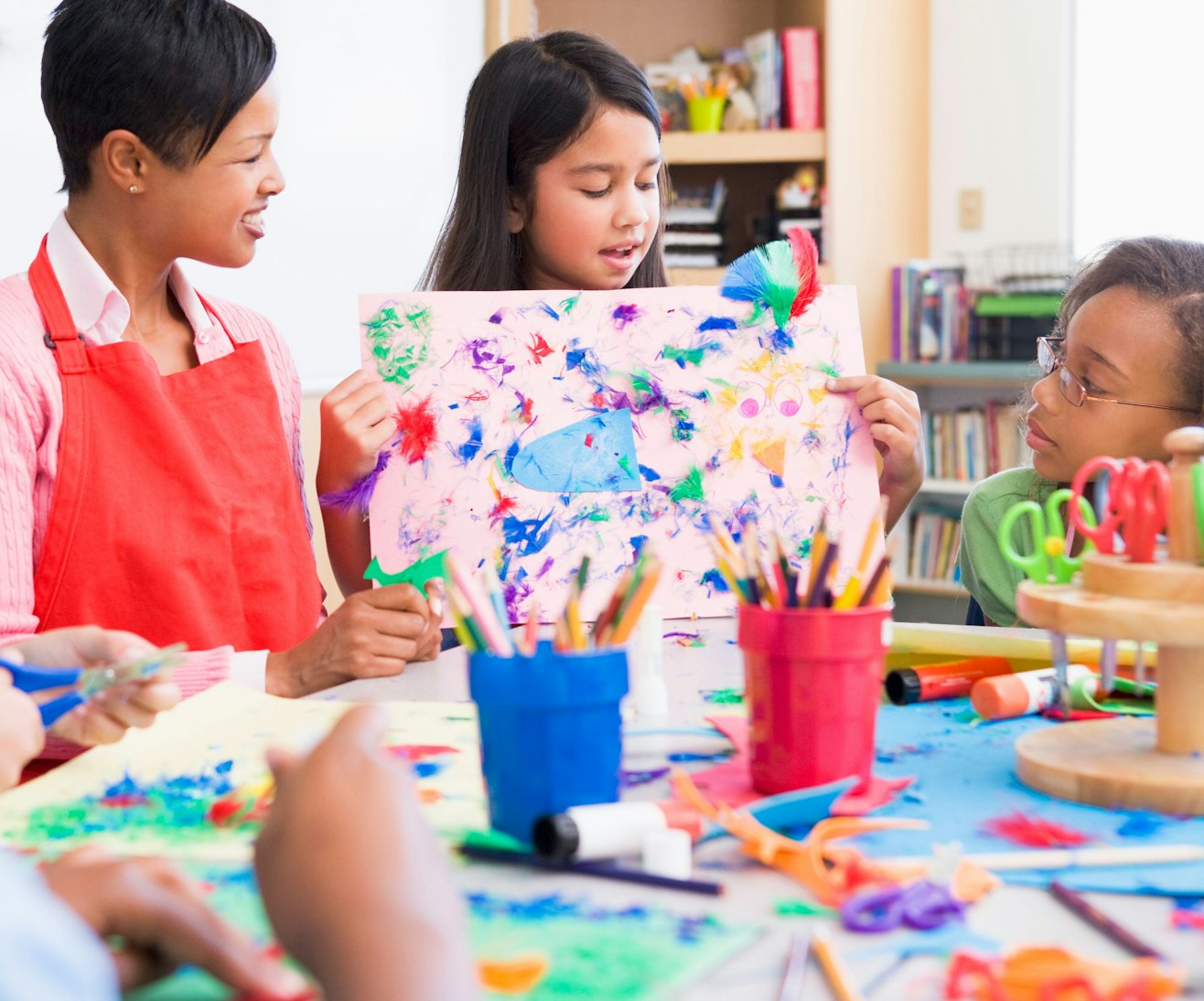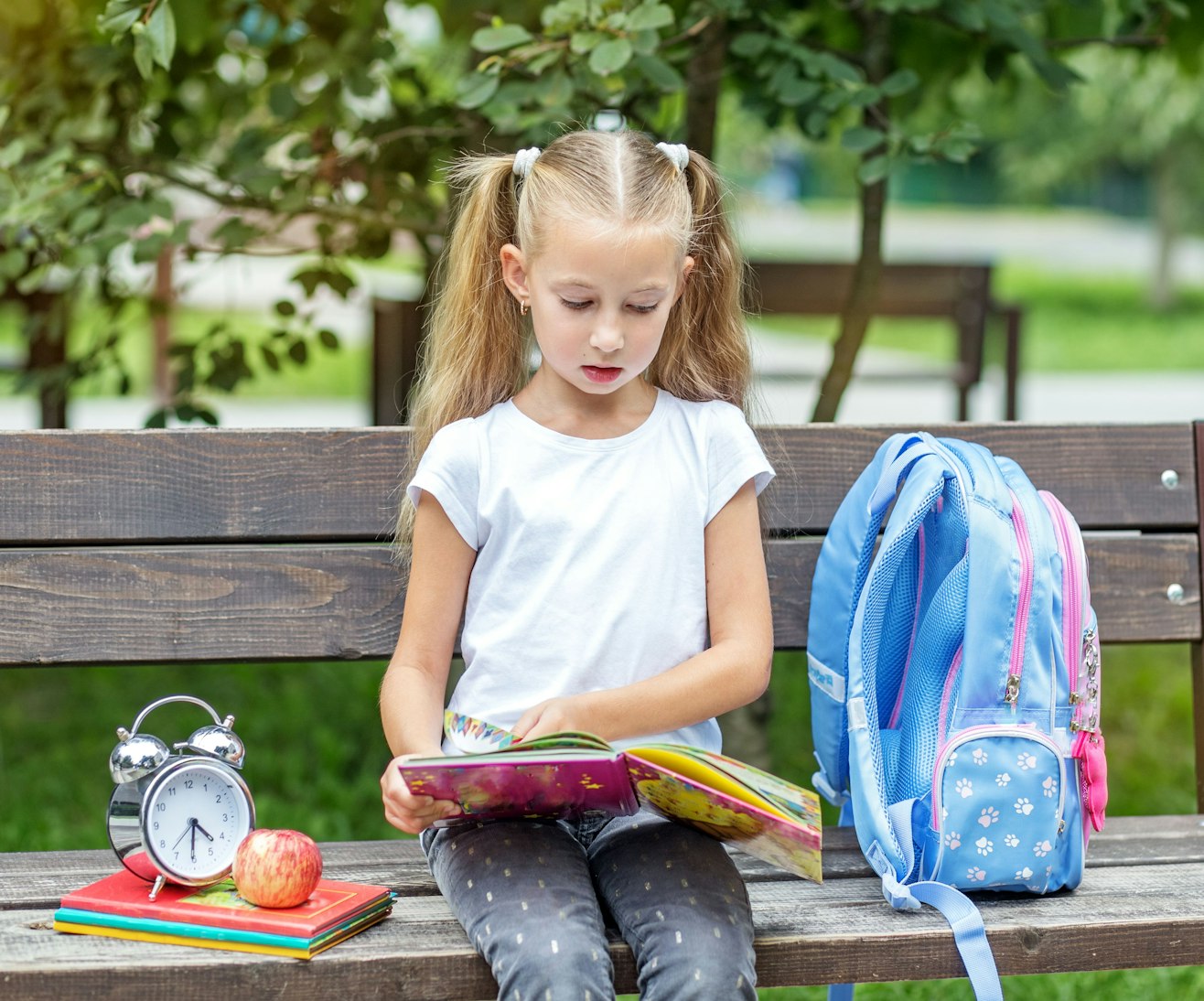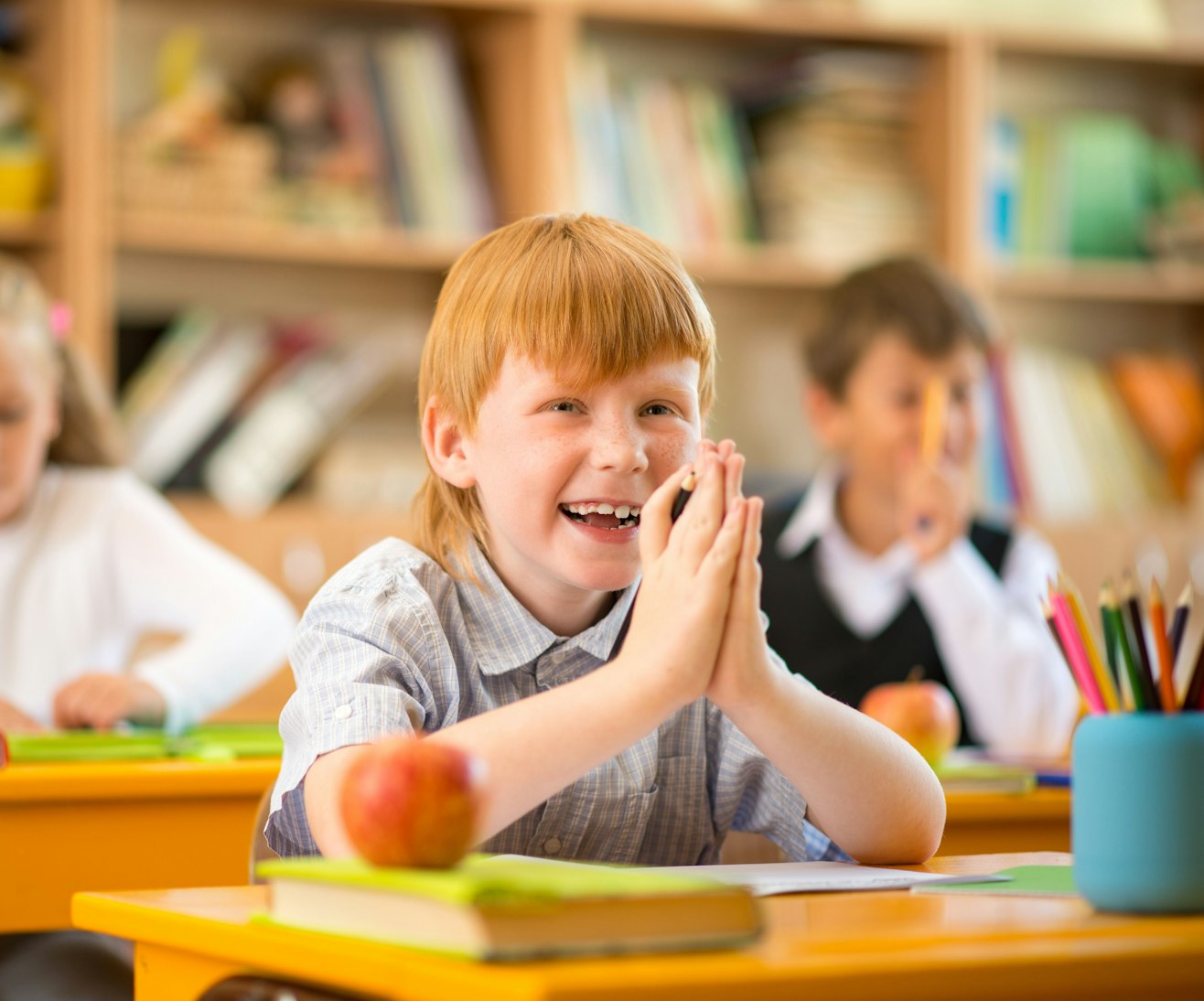Primary Grades K-3

Kindergarten
Children make an immediate connection to the warm and nurturing environment of the early childhood classrooms. The teacher and her assistant work at providing an environment that enhances the deep sense of wonder, joy and imagination of young children.
Our programs encourage the development of social skills through creative play, enriching stories and time outdoors together. At this age children engage the world entirely through their senses, so children will have natural toys and materials at hand and time outdoors. Children will accomplish practical tasks such as kneading bread, helping to prepare food during snack-time, and will experience color through wet-on-wet watercolor painting. Imaginative play, the true “work” of the child, encourages problem-solving and creative thinking. It is the most effective way to cultivate a love of learning and set a foundation for academic excellence.
The letters of the alphabet are brought to the students through classic fairy tales and folk tales. The students hear the story, draw pictures from it, then discover a letter within the picture as guided by the teacher. Writing is taught first and then children learn to read from their own writing. The teacher also introduces speech work.
Children develop a rich oral vocabulary through hearing repeated stories and engaging in movement, speech, and singing during circle time.

1st Grade
First grade math begins in a rigorous way in that all four math processes of addition, subtraction, multiplication, and division are introduced in 1st grade so that children may understand the whole to part concept of math. Geometry is also started with the introduction of the straight line and the curve. Students experience the world of numbers through experiential activities. In addition to movement and rhythm, materials such as beeswax, beads, and gems are often used to support the students’ tactile understanding of mathematical concepts. Students learn their math facts through movement activities, manipulatives, singing, illustrating their main lesson books, and thru hands-on learning opportunities.
Students engage in circle time with their teacher where rich vocabulary building activities occur through repetition, speech, movement, and singing.
Children develop a love of literature and language by continuing to learn the fairy tale and folk tale stories that began in kindergarten.
Subject lessons include Spanish, handwork, music, gardening and movement.

2nd Grade
In grade two, the students are in a period of change, fluctuating between reverence and mischief. Fables of animals and stories of noble people give them examples of the polarities they now experience. Trickery, foolishness, courage and selflessness are experienced as part of life and examples of different behavior.
There is more emphasis on writing, and the students, guided by the teacher, create their main lesson books.
In mathematics, addition, subtraction, division and multiplication are expanded into larger numbers and deepened through mental math work. Grade two participates in the festival plays and performs the Martinmas play.
Subject lessons include Spanish, handwork, music, gardening and movement

3rd Grade
In grade three the child passes through their 9th and into their 10th year. This is a significant time in the developmental life of the students as they begin to experience a new sense of self-awareness.
As they become more aware of their individuality and of the world, the curriculum supports their striving by providing practical opportunities on living and surviving day to day, such as farming and gardening. Ideally, students also experience and work on an operating farm on their first overnight trip as a class, build a large scale project outdoors. and do regular cooking and baking. The students learn about textiles, natural fibers and clothing. In these ways they learn the arts and skills of living in the bigger world they are now discovering.
The language arts curriculum revolves around the ancient stories of the Hebrew people and their celebrations and festivals. The students are introduced to grammar, sentence forming and punctuation as they begin their own composition work.
The experience of measuring during building projects. Baking and cooking leads into measurement studies in math class. The students measure the world around them and become familiar with inches, feet, yards, cubits, spans, etc. Time, weight and money are also introduced. The other major subjects in math are long division and multiplication, and carrying and borrowing with addition and subtraction. The rhythmical learning of multiplication tables continues.
Subject lessons for grade three include Spanish, handwork, music, gardening and movement.
Their class play is based on one of their blocks of study during the year.








